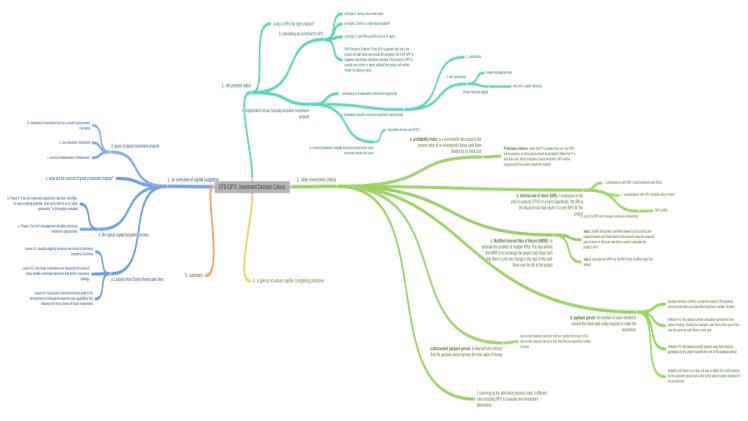Questions answered in this chapter
■ What is net present value (NPV)
■ How do I use the Excel NPV function?
■ How can I compute NPV when cash flows are received at the beginning of a year or in the middle of a year?
■ How can I compute NPV when cash flows are received at irregular intervals? Consider the following two investments, whose cash flows are listed in the file NPV.xlsx and shown in Figure 8-1.
■ Investment 1 requires a cash outflow of $10,000 today and $14,000 two years from now. One year from now, this investment will yield $24,000.
■ Investment 2 requires a cash outflow of $6,000 today and $1,000 two years from now. One year from now, this investment will yield $8,000.
Which is the better investment? Investment 1 yields total cash flow of $0, whereas Investment 2 yields a total cash flow of $1,000. At first glance, Investment 2 appears to be better. But wait a minute. Most of the cash outflow for Investment 1 occurs two years from now, while most of the cash outflow for Investment 2 occurs today.
Spending $1 two years from now doesn’t seem as costly as spending $1 today, so maybe Investment 1 is better than first appears. To determine which investment is better, you need to compare the values of cash flows received at different points in time. That’s where the concept of net present value proves useful. FIGURE 8-1 To determine which investment is bett

